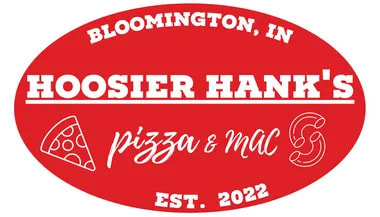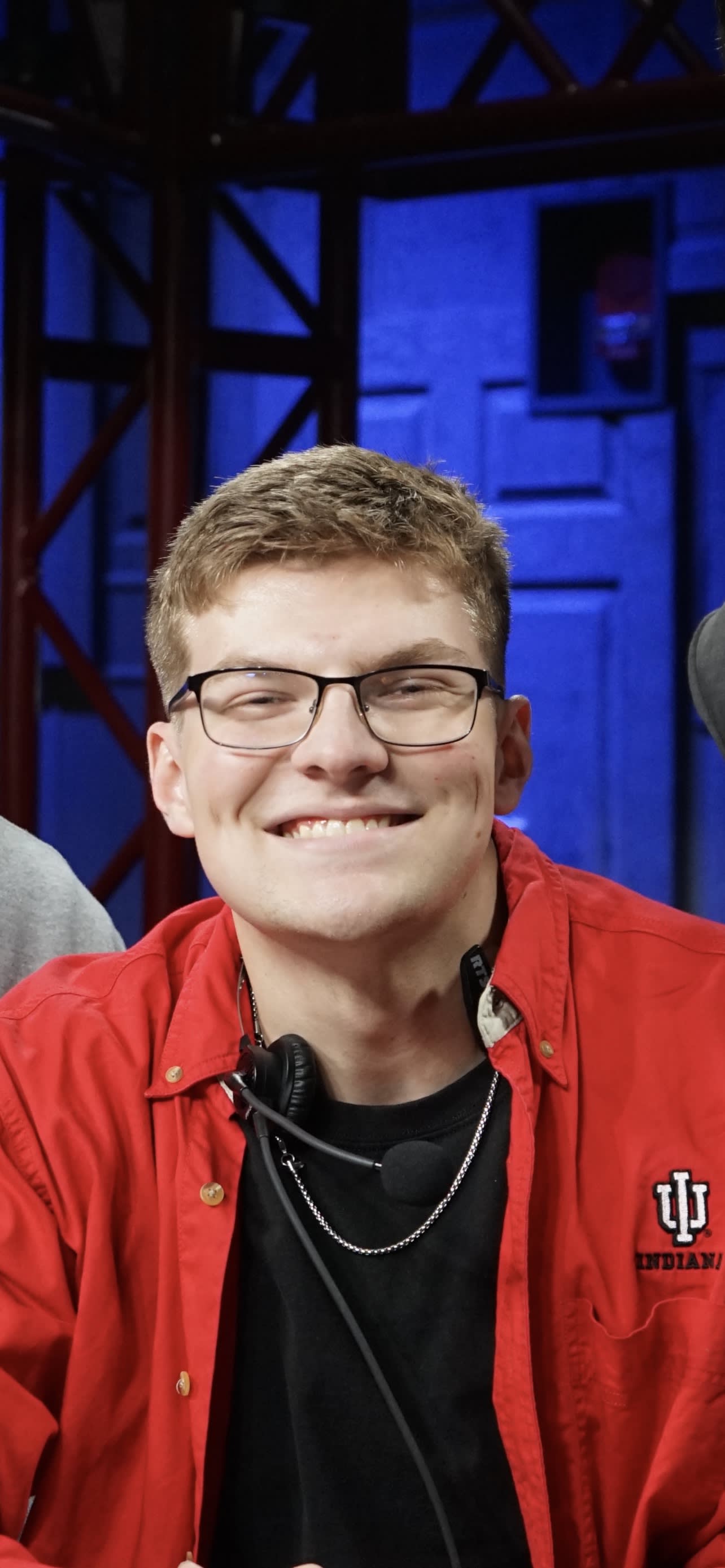
COLLEGE PARK, Md. – Following four weeks of sputtering and inconsistent play, Indiana’s offense was due for much-needed evaluation.
Three matchups against FBS opponents yielded as many offensive touchdowns in regulation – two versus Louisville, one versus Akron – and just 15.3 points per contest when factoring in the four overtimes required to down the Zips, who were 17-point underdogs and were paid a guarantee north of $1 million to travel to Bloomington a week ago.
Indiana didn't play to their own standard, head coach Tom Allen said. Saturday night, he'd called the Hoosier offense not good enough – "not even close" – and said Monday that the collective effort wasn't acceptable at all despite finding a way past the MAC foe.
The Hoosiers’ offense already wasn’t working because of visible factors – conservative play-calling that has shared time being inconsistent, overthought and ineffective; factoring on top of the small margin for error the Hoosiers have. But later on Monday, a larger disconnect was revealed.
Indiana isn’t aware of their own offensive identity.
“The way that we played in the second half of Louisville, to me, is what you want,” Allen told reporters.
In that second half, Indiana threw for 213 yards on 13-of-19 completion attempts while rushing for just 37 yards on 12 attempts. Louisville knew the Hoosiers would open the playbook to chase the 21-point deficit they faced from the Cardinals, trusting the redshirt freshman arm of Tayven Jackson to bring the Hoosiers all the way back, and Indiana's attack still found success. It helped draw them to a half-yard of knotting the score at 21 apiece in the game’s final moments.
But when asked the same question regarding Indiana’s play-calling and offensive philosophy, offensive coordinator Walt Bell – who also serves as the Hoosiers’ quarterbacks coach and offensive play-caller – made comments that seemed to zag those the head coach made just minutes before.
“We’re a run-first football team,” Bell said on Monday. “There’s going to be an option element to it, and because of that there’s going to be play-action.”

In the aforementioned instance where the Hoosiers clawed their way to 18 inches of a tie ballgame in Indianapolis, Jackson turned around and handed the ball to Josh Henderson, the one player not lined up within a yard of the line of scrimmage on the play. Indiana’s tailback never had a chance, stuffed at the two-yard line before getting the chance to try and vault over the Louisville defensive line and break the plane of the end zone.
After the game, Allen defended the play call, noting that better execution up front from the Indiana offensive line would’ve netted a different result. But, speaking for the first time since that play this past Monday, Bell said the perception of “poor execution” sometimes grants a pass to deflect blame from the coaching staff.
“I think sometimes the word execution can be a word that gets used to kind of pass the buck to the guys that are actually on the field,” Bell said, “and that’s never the case.”
Regardless of where the blame falls, the fact of the matter is that Indiana’s offensive game plan hasn’t been nearly as in tune as it needs to be. It’s especially true if the Hoosiers truly believe themselves to be a run-first team offensively.
Indiana’s EPA, a metric that assesses a projected number of points added per play, sat at -0.07 points added per rush and .312 points added per pass heading into Saturday’s contest at Maryland according the College Football Data.
The Hoosier offense, in theory, is losing points each time they hand the ball off, and the -0.07 EPA was fourth worst in FBS. Indiana’s offensive line, considerably better than in previous years with regards to pass protection, has simply not been good enough in the run game to support a rush-heavy offense.
Pro Football Focus, which grades very single snap from every single player in college football, rates Indiana center Zach Carpenter as the second-worst run-blocking center in the Big Ten – earning a grade of 57.4. Matt Bedford’s run-blocking has come at the sacrifice of pass-blocking, earning a 71.0 run-blocking grade while amassing just a 26.7 pass-blocking grade at the guard spot. At the other guard, Mike Katic is the opposite – he’s been solid in pass protection (77.4), but owns the sixth-worst run-blocking grade of qualified players in the conference (56.4). Carter Smith and Kahlil Benson have each amassed run-blocking scores north of 70.0, but Benson’s pass-blocking grade is a measly 37.4 at the right tackle spot.
As a whole, PFF grades the Indiana running game the third worst in the country, save Colorado State and Sam Houston State, and the worst in the Big Ten.
EPA says so, too. Jaylin Lucas’ EPA per rush is 0.09 while his usage in the passing game is 0.588. Tayven Jackson, a frequent-enough rusher in the option game and by way of designed runs, has a -0.08 EPA per rush but a 0.37 EPA per pass. Josh Henderson’s usage in the running game nets Indiana an expected 0.109 points per play, but in the passing game, his EPA skyrockets to 0.845 per play.
Contrarily, Indiana’s passing attack is the fifth best in the conference according to PFF. Cam Camper is the league’s second highest graded receiver, and Lucas is far and away the league’s best pass-catcher out of the backfield per PFF.
Bell said Monday that in addition to being a run-first football team, a premium is put on making Tayven Jackson as comfortable as possible, and that within the Hoosiers’ system, he has “all the freedom that he needs.” Jackson himself has reiterated that not only does he feel he has the best wide receiver room in the conference, but that he loves to play fast and free – feeling as if it’s in those situations when he plays his best football.
But the Indiana offense has fell flat time and time again through just four games this season, and the numbers show it. Allen said Monday that Indiana hasn’t taken advantage of offensive situations, that they’re not scoring enough. Everything would be under an evaluation process, he said: play-calling, technique, scheme adjustments – everything required to maximize the talent and opportunities their defense staying afloat has afforded them.
“At the end of the day, we’re performance-based assessment,” Allen said, “and we’ve got to perform as players and coaches.
“Got to get better.”
Indiana has the playmakers on the offensive side of the ball that can make a difference when given the chance, and although Jackson had freshman-like struggles versus the Zips a weekend ago, has shown to be effective enough through the air to be a difference-maker despite his youth at the position.
Indiana’s run game is much better served as a compliment to the Hoosier attack, but not the main driving force. Jackson is a much better improvisor in the running game rather than a designed runner, and the Indiana backs are better through the air and in space rather than up the guts of the offensive line.
There’s keeping a defense honest, and then there’s an over-reliance on something that isn’t working.
"You ought to be able to be a team that (opponents) can't key on certain things, whether it's formational, personnel, run-pass formations," Allen said. "You've got to be able to have them having to react to what you're doing in the moment instead of pre-snap and the things that you have."
But if things don’t change philosophically and strategically, why should the results themselves change the rest of the way either?
The performance-based assessment is there, and Jackson – notorious already for his accountability and maturity – knows it too. Indiana as a whole should be aware by now, too.
“We play a Big Ten team next week,” Jackson said Saturday night in the depths of Memorial Stadium’s north end zone complex, “and what we did out there tonight is not going to cut it.”
GAME PREVIEW: Indiana at Maryland – storylines, how to watch
–––––
Like this content? Join the conversation on TheHoosier.com's premium message boards and subscribe today!
– Follow TheHoosier on Twitter and Facebook!
– Subscribe to TheHoosier on YouTube for more content
– TheHoosier's Premium Football Board and Premium Hoops Board
